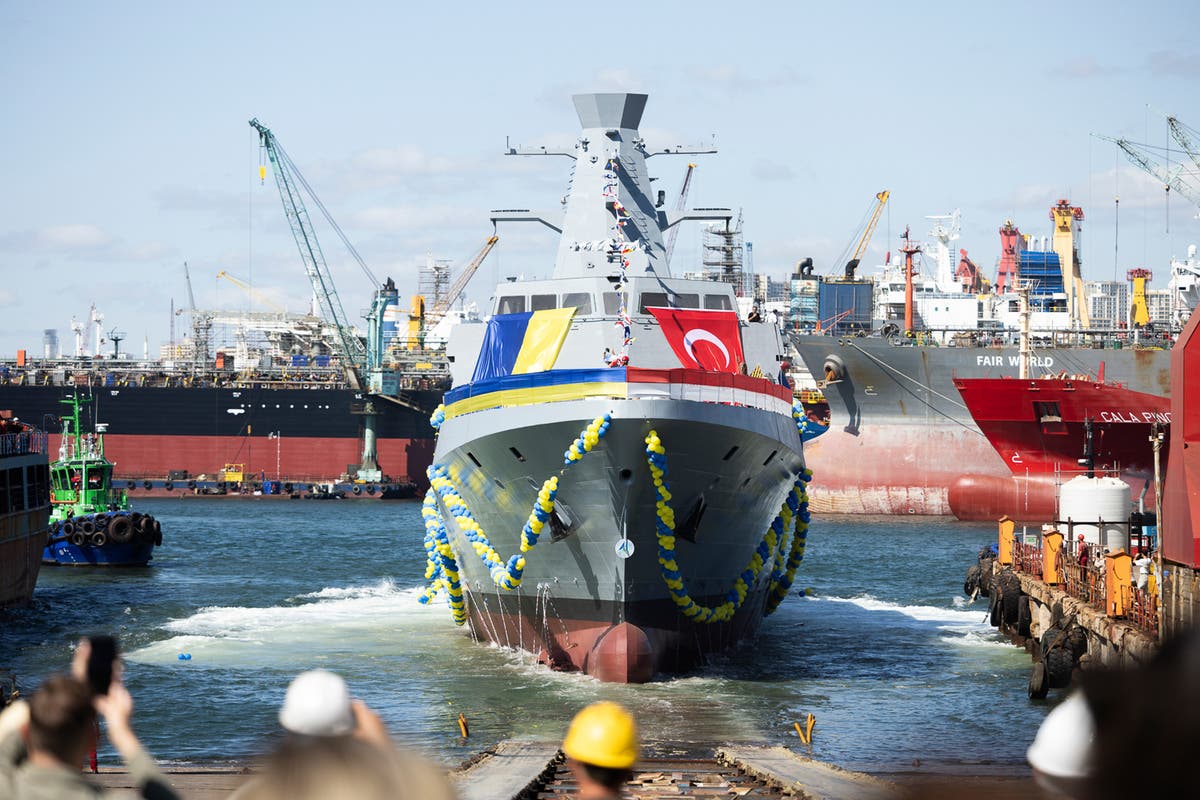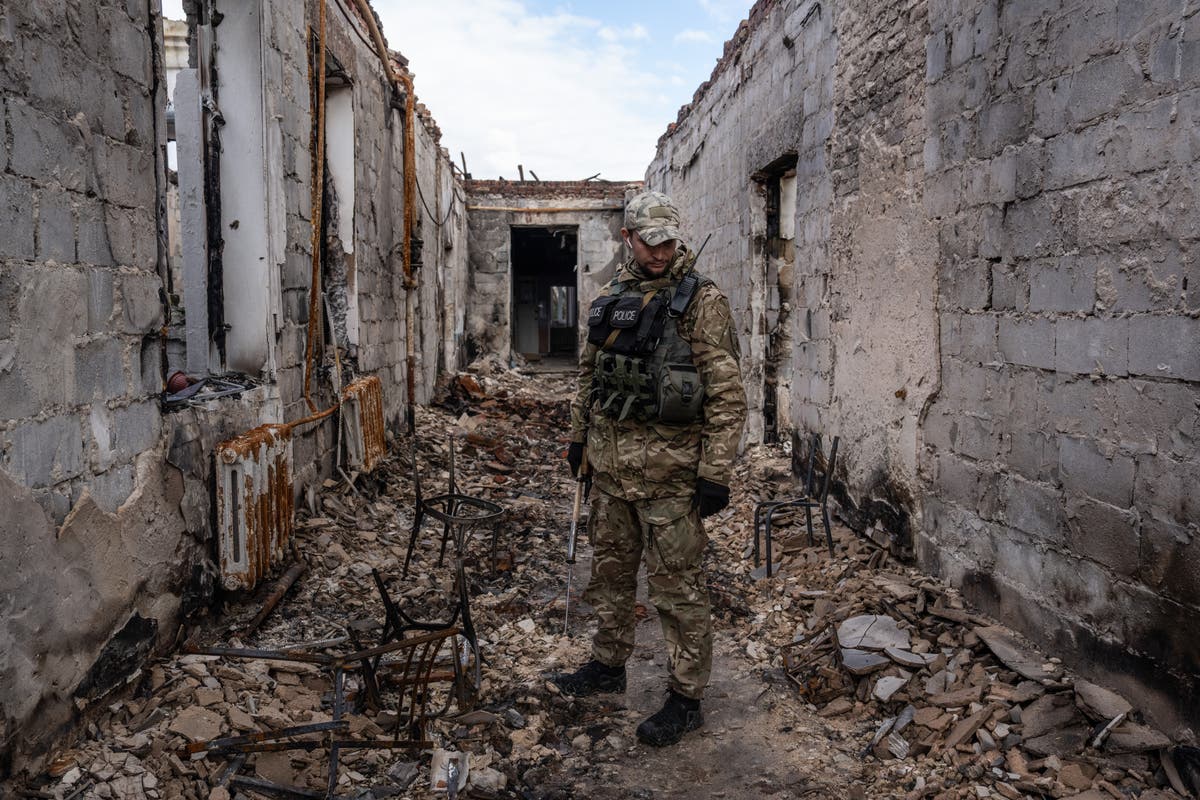
Black Sea | Russia’s gateway to global waters
The HinduThe Treaty of Küçük Kaynarca, signed on July 21, 1774, by the Russian and Ottoman Empires after the 1768-74 war between the two powers, was one of the most consequential treaties for the global balance of power in the 18th century — it marked the beginning of the decline of the Ottoman Empire and the arrival of the Russians, under Catherine the Great, as a major power in the Black Sea region. The annexation gave Russia seamless access to the Black Sea’s warm waters, helping its rise as a naval power. If Catherine’s annexation anchored Russia as a Black Sea power, Mr. Putin’s move, which came after the pro-Moscow elected government in Kyiv collapsed in the wake of the Euromaidan protests, allowed Russia to retain Sevastopol, which hosts its Black Sea fleet, and turn Crimea into a platform for force projection. As is evident from Russia’s military advances, expanding control over the Black Sea is one of the key military objectives of the Ukraine invasion. Despite Turkey’s control over Bosphorus and Dardanelles Straits, the 1936 Montreux Convention ensures that Russia and other Black Sea countries get access to the straits so that they can seamlessly move both commercial and military vessels in and out of the waters..
History of this topic
)
Russian tanker splits in storm, spills oil in Kerch Strait waterway that connects Black Sea, Sea of Azov
FirstpostUkrainian navy says a third of Russian warships in the Black Sea have been destroyed or disabled
Associated Press
NATO allies Turkey, Romania, Bulgaria sign deal to clear Black Sea mines
Al JazeeraRussia’s Putin and Turkey’s Erdogan set to meet amid efforts to repair Ukraine grain deal
Associated Press
NATO will step up security in Black Sea region after Russia declares areas are unsafe for shipping
LA Times
Russia-Ukraine conflict: Is this Cold War II?
The HinduUkraine and Russia sign UN-brokered deal to reopen grain export ports as war rages on
ABC
Ukraine, Russia sign deal to reopen grain export ports as war rages on
Live Mint
The Battle for the Black Sea
Al Jazeera
Ukraine crisis: Russia eyes strategic Black Sea coast it took over from Ottoman Empire in 18th century
India Today
Russia cancelled Black Sea passage bid of four warships: Turkey
Al Jazeera
One NATO Ally Can Easily Block Russian Warships from Joining the Battle
Slate)
Explained: Importance of Bosphorus and Dardanelles straits in Russia-Ukraine conflict and Turkey’s role
Firstpost
Turkey says cannot stop Russian warships accessing Black Sea
Al Jazeera
Ukraine asks Turkey to shut Black Sea waterways to Russian ships
Al Jazeera
Ukraine crisis: Russia warships heading to Black Sea for drills
Al Jazeera
Ukraine, NATO launch joint Black Sea drills
Associated Press
Russia to close parts of Black Sea near Crimea for six months
Al Jazeera
Russia-Ukraine: US considering sending warships to Black Sea amid tensions
CNNDiscover Related









)




















